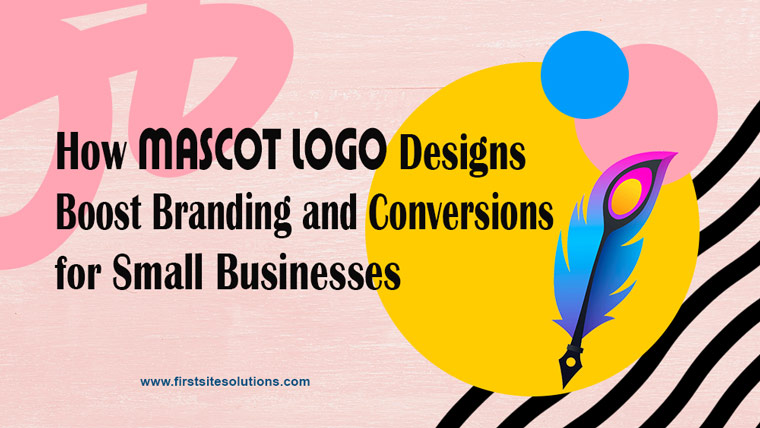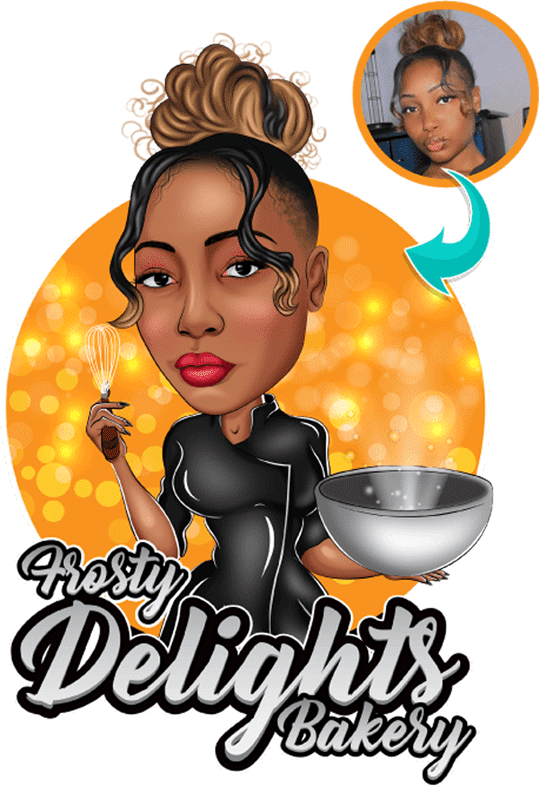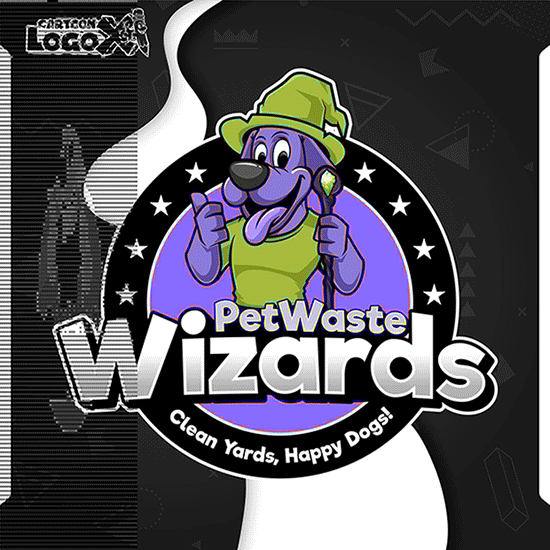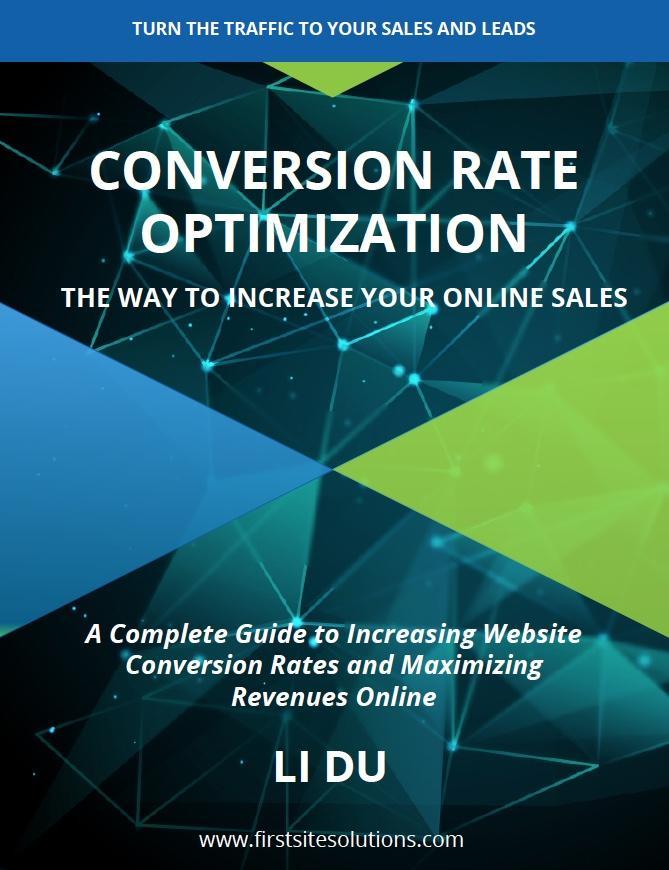
In today's hyper-competitive digital landscape, small businesses need more than just a generic logo to stand out. They need a brand identity that sticks. That’s where mascot logo designs come into play. Unlike traditional logos, mascot logos use illustrated characters that not only represent your brand but also create emotional connections with your audience. For small and medium businesses looking to build recognition and drive conversions, a well-crafted mascot logo can be a game-changer.
In this article, we’ll explore the psychology behind mascot logos, how they improve brand recall, increase conversions, and how to implement them effectively with real-world examples.
What is a Mascot Logo?
A mascot logo is a design that incorporates a character—human, animal, or object—with distinct, personified features. These characters serve as the visual ambassador of your brand. Think of the Michelin Man, the KFC Colonel, or the Mailchimp monkey. They are more than logos; they are storytelling devices that bring the brand to life.
Unlike static symbols or wordmarks, mascots can evoke emotion, participate in marketing campaigns, appear in animations or videos, and become instantly recognizable brand representatives. For small businesses, where personal connection and customer loyalty are crucial, mascots offer a way to be approachable and memorable.
Why Mascot Logos Work: The Psychology of Characters
Humans are hardwired to connect with faces and stories. Mascot logos tap into this natural tendency by presenting a familiar, friendly figure that consumers can relate to and trust. Here are key psychological reasons they work:
- Emotional Bonding: Mascots personify your brand, making it easier for people to form an emotional connection.
- Memorability: A unique character is far more likely to be remembered than abstract shapes or letters.
- Trust and Familiarity: Repeated exposure to a mascot builds a sense of comfort and trust—essential for small brands.
- Storytelling: Characters allow brands to convey messages and values in a more engaging and less salesy way.
- Anthropomorphism: Giving human-like qualities to animals or objects makes them relatable, turning a logo into a brand 'spokesperson'.
Real-World Examples of Mascot Logos in Action
- Duolingo's Owl: The green owl used by the Duolingo language learning app reminds users to study in a fun, sometimes humorous way. It has become a central part of their marketing across social media.
- Wendy’s Girl: This red-haired girl is more than a logo; she represents warmth, tradition, and trust. Even as the brand evolves, the mascot remains a visual constant.
- Geico's Gecko: A talking lizard has become one of the most recognizable insurance brand mascots, making an otherwise dull industry feel engaging.
These examples show how a mascot can help a brand carve out a strong, recognizable identity across platforms.
How Mascot Logos Improve Brand Recognition
Brand recognition is all about being seen and remembered. Mascots serve as visual anchors, giving your audience something specific and unique to associate with your business. Here’s how they help:
- Consistency Across Platforms: A mascot can be adapted for use on websites, social media, merchandise, packaging, and ads.
- Visual Storytelling: Mascots tell a visual story that’s easier to recall than a name alone.
- Versatility: Unlike many traditional logos, mascots can be posed in different scenes or outfits, giving flexibility in branding campaigns.
- Distinctiveness: A character sets you apart from competitors using basic icons or generic symbols.
Case Study Example: A local pet grooming business that switched from a plain wordmark to a dog mascot saw a 40% increase in social media engagement within three months. Customers loved the playful, friendly look that reflected the business’s personality.
Mascot Logos and Conversion Rates
Your website and marketing campaigns have one goal: to convert visitors into customers. Mascot logos help with that too.
- Enhanced User Engagement: Characters make your website feel more welcoming and less corporate.
- Call-to-Action Reinforcement: A mascot can literally point, guide, or cheer users toward taking actions like signing up, buying, or subscribing.
- Reduced Bounce Rate: When visitors connect emotionally with your brand, they stay longer and are more likely to explore.
- Fun & Functional Design: Mascots can animate or interact with your user interface, turning navigation into a fun experience.
Example: An e-commerce store selling eco-friendly products introduced a plant mascot that explained product benefits in short animations. Result? A 25% boost in conversion rates and a 17% decrease in bounce rate.
Implementing a Mascot Logo in Your Brand Strategy
Now that we understand the power of mascot logos, here’s how you can effectively integrate one into your small business branding:
1. Define Your Brand Personality
What do you want your brand to feel like—fun, serious, quirky, and trustworthy? Your mascot should reflect that personality.
2. Choose the Right Character
Your character should resonate with your target audience. For a family-oriented business, a cute animal might work. For a tech startup, a friendly robot could be the answer.
3. Keep It Simple Yet Memorable
Avoid overly complex designs. Your mascot should be identifiable even at small sizes, like a website favicon or social media icon.
4. Be Consistent
Use the mascot consistently across all touchpoints: your website, social media profiles, ads, packaging, and email signatures.
5. Make It Actionable
Create mascot poses or illustrations that match the context—pointing at a call-to-action, holding a product, or celebrating a sale.
6. Expand Its Role
Let the mascot appear in explainer videos, packaging inserts, blog illustrations, and seasonal promotions. Make it the voice and face of your brand.
Common Mistakes to Avoid
- Overcomplication: Don’t load your mascot with too many details. Simplicity aids recognition.
- Inconsistency: Using different styles or colors for the mascot in different places dilutes brand identity.
- Ignoring Your Audience: Always design with your target audience in mind. What appeals to teens might not work for professionals.
- Forgetting Animation Potential: Mascots can be animated in social content or explainer videos, but many brands don’t leverage this power.
Visual Examples and Inspirations
At CartoonLogoX, we’ve helped dozens of small businesses develop custom mascot logos that reflect their unique identity. From fun-loving cartoon chefs for restaurants to sleek digital mascots for tech startups, each design is tailored to the brand's goals.
Example 1: Cartoon Chef Mascot for Bakery Brand

A warm, friendly cartoon chef builds trust and visual appeal for a bakery business.
Example 2: Superhero Dog Mascot for Pet Service Brand

A playful dog superhero mascot creates a fun and professional image for a local pet care company.
These visuals not only improve engagement but also help your brand tell its story in a way that words alone can’t. When used in headers, landing pages, or ad creatives, mascot logos instantly elevate brand perception.
SEO Benefits of a Strong Mascot Logo
Search engine optimization is no longer just about keywords. Google increasingly prioritizes user engagement and branding signals. A mascot can help:
- Increase Time on Site: Visitors are more likely to explore a site that feels inviting and humanized.
- Boost Return Visits: A memorable mascot can increase brand recall, encouraging users to come back.
- Improve Social Shares: People love sharing entertaining, illustrated characters, especially when used in memes or animated GIFs.
When linked with a strong on-page and off-page SEO strategy, mascot logos amplify the effectiveness of your digital presence.
Final Thoughts: Small Investment, Big Returns
A mascot logo isn’t just a design—it’s a strategic branding asset. For small businesses with limited marketing budgets, it offers a high return on investment by making your brand more human, more memorable, and more effective at converting casual visitors into loyal customers.
When implemented correctly, a mascot logo can work across all your marketing efforts—email newsletters, social campaigns, product packaging, and even offline materials. It brings a smile, a story, and a soul to your brand.




